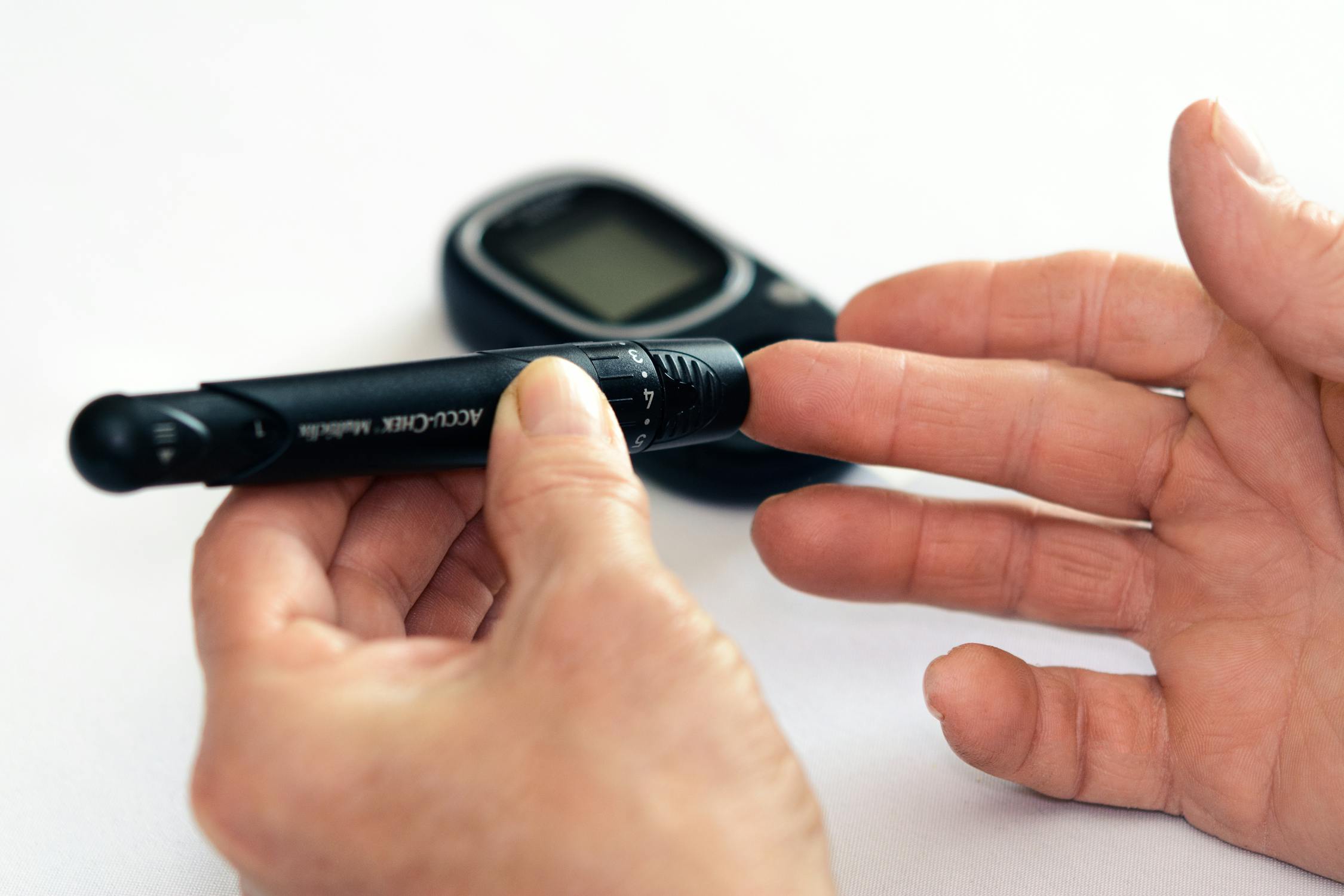
Regular blood sugar testing is an important part of diabetes management as well as general health monitoring. Previously, testing for blood sugar was an unpleasant and invasive procedure. However, thanks to technological advancements, it is now possible to test your blood sugar in a quick, simple, and painless manner.
One of the most common and widely used methods is the use of a glucometer, which measures blood sugar levels. A glucometer is a portable device that uses a very small sample of the patient’s blood to determine the concentration of glucose (also known as sugar) in the blood. To use a glucometer, simply use a lancing device to prick your finger and apply a drop of blood to a test strip, which is then inserted into the glucometer. The glucometer will then read your blood sugar level. The glucometer will give you an instant reading of your blood sugar level. The process is not only quick but also simple and easy because the lancing device has settings that allow the user to adjust the level of discomfort.
Continuous glucose monitoring (CGM) systems are another method that can be used to determine the level of sugar in the blood. CGMs are implantable devices that continuously measure glucose levels in the interstitial fluid. Continuous glucose monitors are the name given to these devices. This provides a more continuous and accurate view of your blood sugar levels in real time and eliminates the need for you to prick your finger repeatedly.
In addition to continuous glucose monitors (CGMs), non-invasive blood sugar monitoring devices are available on the market. These devices, which use infrared technology to measure the amount of glucose in the bloodstream, eliminate the need for a blood sample. As a result, they are an excellent choice for people who find the traditional method, which involves pricking the finger, unsettling. However, it is important to remember that the accuracy of these devices is not comparable to that of conventional glucometers, and thus they should not be used as the sole method of monitoring blood sugar levels.
Another method for determining blood sugar levels is to use a blood glucose metre that tests in a location other than the fingertip, such as the forearm or upper arm. This method may be less painful than the traditional method of pricking the finger because these areas have fewer nerve endings and are less sensitive to pain.
Last but not least, certain medical professionals may offer additional blood tests, such as the haemoglobin A1c test. This test computes the average amount of sugar in the blood over the previous two to three months. The results of this test can provide a more comprehensive picture of overall blood sugar control.
Finally, testing your blood sugar is an important part of managing diabetes as well as monitoring your overall health. Because of technological advancements, it is now possible to test your blood sugar in a quick, simple, and painless manner. Regardless of whether you want to use a traditional glucometer, a continuous glucose monitor (CGM), a non-invasive device, an alternative testing site, or a haemoglobin A1c test, there is a method that is appropriate for you. If you work with your healthcare provider, you will be able to find the best method for monitoring your blood sugar and keeping your health in the best possible condition.
Table of Contents
ToggleAbout Us
Our cloud based, lightweight API allows Veyetals to be integrated with the healthcare apps and platforms that matter to you most. The app is interoperable with other healthcare management systems including, but not limited to, SenSights.AI. veyetals drives information sharing with other health management solutions and further enhances the continuum of patient care.
Download our FREE app here
Follow us on LinkedIn at veyetals.com for more updates



